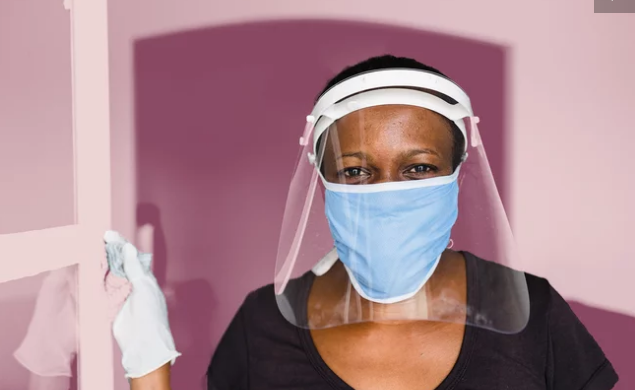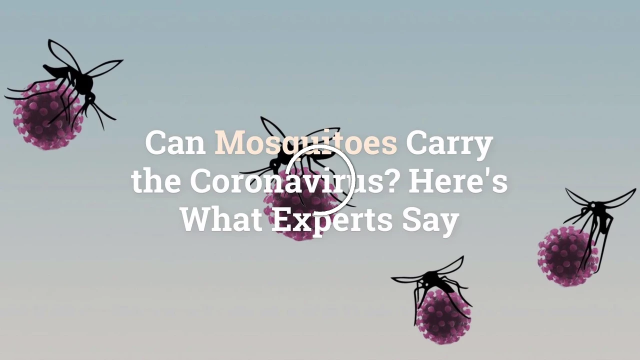 |
| Coronavirus disease |
For many of us, donating a face mask to go to the grocery store, pharmacy, or public transport is now standard. But some people are wearing a different type of face coverings - a clear plastic shield known as a cover shield covering their entire face.
In April, to help slow the spread of coronaviruses, the Centers for Disease Control and Prevention (CDC) advised everyone to wear a face mask in any public place where other social distances are difficult to maintain. The CDC has not advised the public to wear face shields, which qualify as personal protective equipment (PPE) and are often worn by doctors and health care workers in hospitals.
In a JAMA Opinion article published on April 29, Iowa City doctors and public health experts suggested that a face mask was a better option than a face mask for various reasons. Researchers have written that the face shield is easier to disinfect and breathe than the cloth covering. Face shields prevent the wearer from touching too much if not all of their face, while a cloth mask only covers the nose, cheeks, and mouth. When you are talking to someone, people who do it with a mask, you do not need to remove any shield.
Related: When Do You Really Have To Wear A Mask? 3 experts shared their recommendations
The researchers wrote, "The use of facial shields is also a reminder to maintain social disturbances, but allows for visibility of facial expressions and lips." They suggest that the face shield may help reduce the number of COVID-19 infections when wearers also practice social distance and good hand hygiene, and when greater access to testing for the virus is available.
However, not all experts agree that face shields are better than face masks. Infectious disease specialist Bruce Polsky, chairman of medicine at NYU Winthrop Hospital, says that as a PPE for health care workers, a face mask is always worn in addition to a face mask, and is not an option. "They are particularly important for health care workers in situations where there is a risk of aerosols spreading the disease and social disturbances are not possible," he tells Health.
"Pol Shiskey states that a face shield means providing an extra layer of protection and eye protection when in close contact with someone." When someone is talked too closely, or sneezes, So COVID-19 can be transmitted through the eyes. "
Related: How often should I wash my face - and what is the best way to do it?
In a health care setting, a face shield provides the added element of "shielding" the mask from potential contamination, thus reducing the need to discard a contaminated mask after a patient encounter, "St. Bailey, MD, St. Medical director for infection prevention for. Joseph Hospital and Mission Hospital in Orange County, California, tells Health. "It helps preserve PPE in resource-limited conditions; After such an event the face shield can be cleaned and reused. "
So clearly, facial shielding is an important part of PPE for health care workers. But the general public is usually not exposed to that type of high-risk close contact, so it does not require additional protection. Dr. Polsky says that instead of considering face shields we should all wear face masks. "The theory is that if everyone is wearing a face mask, then everyone is safe," he explains.
Face shields have much more advantages than masks - as Iowa researchers note, they are easier to clean (you can wipe it with a household disinfectant), are reusable, and are more durable and long-lasting. But Dr. Bailey states that facial shields are more challenging to wear for a variety of reasons, such as the possibility of vision impairment and blurring, and therefore should only be used when adding masks to eye protection and potential contamination. Mold required.
Related: Wearing a Face Mask Reduces Oxygen and Can it Increase CO2 Levels? What the experts say here
Most importantly, face shields do not cater as a barrier to blocking respiratory secretion aerosols from the wearer compared to a mask. A mask forms a complete or near-complete barrier at the edges of the wearer's face, while a gradient is open at the sides, which allows some small particles and aerosols to enter.
So if you are choosing between one or the other for daily use, go for a mask. Dr. "A face shield should not be a preferred form of PPE for people in public places," says Bailey. "And wearing both a mask and a shield will be overkill in an attempt to reduce the risk of the spread of coronovirus among asymptomatic individuals in a community setting."
How do you choose to protect yourself and others when you are out and about and completely dependent on you. At this point, it is probably a better idea to leave a face shield for frontline workers who are risking their lives from getting in close contact with people infected with coronovirus. Of course, official guidelines are always subject to change - it was not long before the CDC stated that face masks were not necessary.
The information in this story is accurate as of press time. However, as the situation around COVID-19 continues to evolve, it is possible that some data may have changed since publication. While Health is trying to keep our stories as up to date as possible, we encourage readers to stay informed on news and recommendations for their own communities using the CDC, WHO and their local public health department as resources .






No comments:
Post a Comment